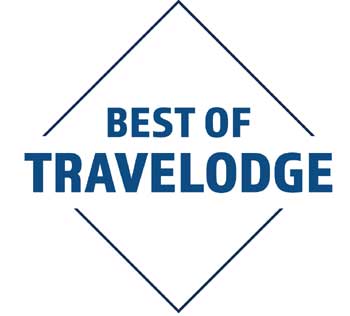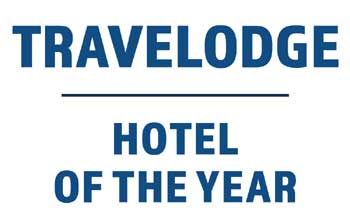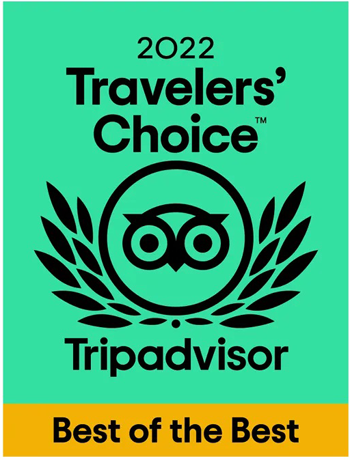Masocone Center
The Moscone Center
Administrative Office
747 Howard Street, 5th Flr.
San Francisco, CA 94103
To book an event at Moscone Center please go to the San Francisco Travel Association web site and submit an RFP.
Departments
- Administration / Event Management
Phone: 415.974.4000, Fax: 415.974.4073 - Engineering
Phone: 415.974.4019 - Projection / Audio Visual Services
Phone: 415.974.4077, 415.882.6452 - Recycling/ Donation Program Manager
Phone: 415.978.3425, Fax: 415.974.4073 - SMG Catering
Phone: 415.974.4040, Fax: 415.974.4074 - Security
Phone: 415.974.4021 - Video Conferencing / Telecommunications / Theatrical Services / Booth Cleaning
Phone: 415.974.4080, Fax: 415.974.4065
What are the regulations for exhibiting a vehicle on the show floor?
If a vehicle is part of an exhibit or display, such vehicles must conform to State and City fire codes as they pertain to fuel tanks and battery connections. Detailed requirements can be found in the "Public Safety and Fire Management Plan" by clicking on "Guidelines" and selecting either "Meeting Planners' Handbook". Unless they represent an integral part of an exhibit or display, vehicles may not remain parked in the exhibit halls.
What are the rules governing open flame on the exhibit floor?
Any open flame requires a special permit through the facility's Fire Marshal, and must be applied for in writing at least 30 days before the event's first move-in day. See the instructions above for accessing the "Public Safety and Fire Management Plan."
Can exhibitors display or distribute food samples on the show floor?
Yes, under most circumstances. But there are specific rules relating to sample size, health permit requirements, and related topics. Contact the Food & Beverage Sales Manager for your event here at Savor SMG .
How do I get my show advertised on banners on the City poles along the sidewalk on Howard Street, for example?
Contact the San Francisco Travel Association and ask about their convention banner program.
I'd like to get signage displayed on exterior of buildings in Yerba Buena Gardens. Are there Neighborhood Advertising Guidelines?
Exterior building signage is discouraged on all buildings in the Yerba Buena Gardens. For more information, contact the gardens property managers, MJM Management.
How do I use a PDF/EPS file as a graphic in my brochure?
Most layout applications allow you to import / place PDF and EPS files in your brochure without much fuss. For more technical information, see below.
Can I open a PDF/EPS file in programs like QuarkXpress, Adobe InDesign Adobe Illustrator or Vectorworks?
Absolutely! Adobe Illustrator versions 10 and up allow you to open both formats like any other image file. InDesign and Quark also treat them like any other image file, allowing you to pull them in using File > Place. VectorWorks allows you to import them using File > Import > Import Image File. For technical support specific to these applications, please refer to the application support offered by the manufacturers:
-
Sustainable practices are at the heart of SMG's management of the Moscone Center. In the following text, we have outlined the many areas in which the Moscone Center strives to achieve greater resource efficiency and sustainability. The intent of sustainable programs is to promote and support operational and business practices which lessen adverse environmental impact, benefit the local community and make economic sense. The success achieved at the Moscone Center is due to the close collaboration of numerous players including SMG staff, the City and County of San Francisco, show management, general and exhibitor appointed contractors, attendees, exhibitors, the Public Utilities Commission, and the ten labor unions represented at the Moscone Center. All sustainability programs are an extension of their efforts.
Recycling
The Moscone Center has long set the standard for U.S. convention centers in diverting material from the waste stream. Begun in 1998 with diversion of high volume materials from the exhibit floor and lobby areas, the program today targets materials from all areas and sources. Nearly 2 million pounds is diverted annually, with nearly 13% of that total as donations to local area non-profits.
SMG caterer, SAVOR, is the exclusive catering company at Moscone Center. SAVOR's food composting program captures all organic material from food service operations. A kitchen-based composting program has been in place since 2004, use of exclusively compostable food serveware products began in 2008 and compost collection from all public areas of Moscone West was launched in summer of 2010. SAVOR also donates unused or excess food, ranging from fresh produce to boxed lunches, to San Francisco nonprofits.
Resource Efficient Building Design Features
Moscone expanded to more than two million square feet in 2003 with the opening of Moscone West. The new facility incorporated important resource-efficient design features and required the tracking and reporting of all waste generated during the demolition of existing buildings on the site and the construction of the new facility. In each instance, over 80% diversion was achieved.
Moscone West incorporated an extensive program of resource-efficient design. Features include:
- High-performance glazing with low emissivity glass that exceeds Title 24 requirements, a critical element given the extensive use of glass and emphasis on natural light and maximization of views. Frit patterning at 30, 50, and 70% was used to further enhance the glass performance while assuring interior comfort levels.
- Use of the latest and most energy-efficient lighting fixtures throughout the facility, as well as use of daylight sensors to control prefunction areas.
- Mechanical systems designed to exceed Title 24 Energy Efficiency Standards include chilled water plant and cooling towers, heating water plant, air and control systems.
Air Quality
The Moscone Center places priority on maintaining air quality. Program initiatives include:
- Use of propane additive to reduce carbon monoxide emissions;
- Requirement for scrubbers on diesel trucks operated by service contractors;
- New rental inventory (forklifts and articulated booms);
- Vigorous enforcement of no smoking ordinance.
Energy Efficiency
From 2005 - 2015, one of the nation's largest municipally-owned solar generation installations operated from the roof of the Moscone Center. Installed and launched in March 2004 by Mayor Gavin Newsom and officials from the San Francisco Public Utilities Commission, the photovoltaic system atop Moscone South’s Esplanade Ballroom and South lobby roof has attracted many visitors from around the world. With funding through a voter-approved initiative and in partnership with the San Francisco Public Utilities Commission, we completed in March 2004 a unique, two-part energy efficiency program. The solar component consists of a solar electrical system capable of producing enough power for 550 homes annually. This is accompanied by an extensive lighting system retrofit and related energy efficiency measures designed to reduce energy usage without diminishing interior lighting levels. All 5,000 bulbs in the 27-plus foot high ceiling of five exhibit halls were replaced, covering an area larger than seven U.S. football fields. The new bulbs consisted of compact fluorescent lamps, T8 fluorescents, metal halide fixtures, all more energy efficient and cooler burning, reducing consumption by as much as 20% in the first year. During the time of its operation until 2015, the total environmental impact of the two part project was as follows, given in terms of tons of carbon dioxide (CO2): Solar system: 317 tons of CO2 annually displaced Lighting upgrade: 1,616 tons of CO2 annually displaced
Purchasing and Contract Compliance
Policies and procedures place emphasis on sustainability in all purchasing activities. Contracts for major capital projects include provision for required tracking and reporting of diversion by material type for large scale contracts such as replacement of escalators, carpeting, and lighting fixtures.
Transportation
The Moscone Center sits in the heart of the city's urban core, with convenient access to local and regional mass transportation. It is also within walking distance of nearly 20,000 hotel rooms, giving planners and attendees the option to walk rather than take a shuttle to their event. Taxicabs in San Francisco are another green option, with over 57 percent of the taxi fleet is comprised of hybrid or compressed natural gas (CNG) vehicles and achieving the equivalent to taking 4,700 regular passenger cars off of the road.
SMG's SAVOR Catering only delivery van operates on biodiesel fuel. SMG promotes the use of transit in all public information sources including telephone recordings and website, as well as encouraging employee participation in the Commuter Check program as a means of supporting transit use among the facility's workforce.
Awards
- Winner of the State of California's WRAP of the Year Award
- Governor's Environmental and Economic Leadership Award, State of California
- Special Congressional Recognition, U.S. House of Representatives
- Environmental Leadership Award of Excellence, USEPA
- Green Power Leadership Award, USEPA and U.S. Department of Energy
Community Affiliations
- Hospitality Nonprofit Collaborative
- Building Owners and Manager's Association
- Tourism Improvement District
- Yerba Buena Alliance
- Yerba Buena Community Benefit District
Translation of Website
BOOK NOW
Parking FAQ's
Hotel Features
Free WiFi and Parking
Free Continental Breakfast
Cribs Available
24 Hour Reception Desk



